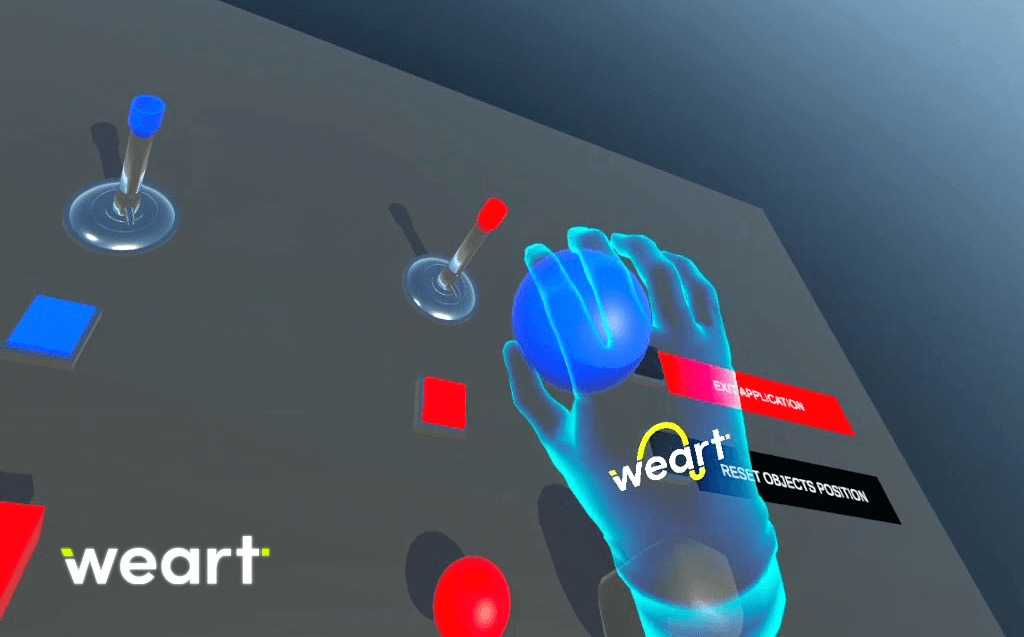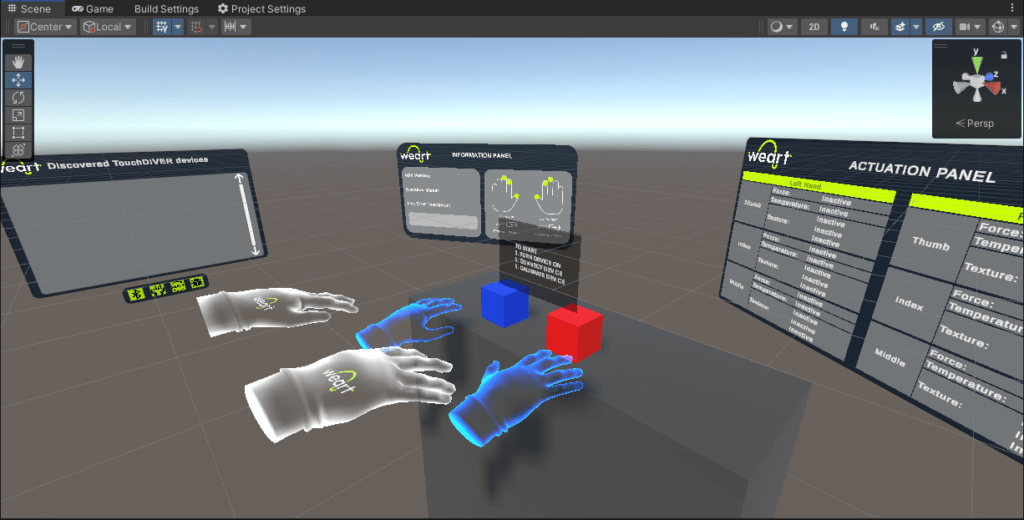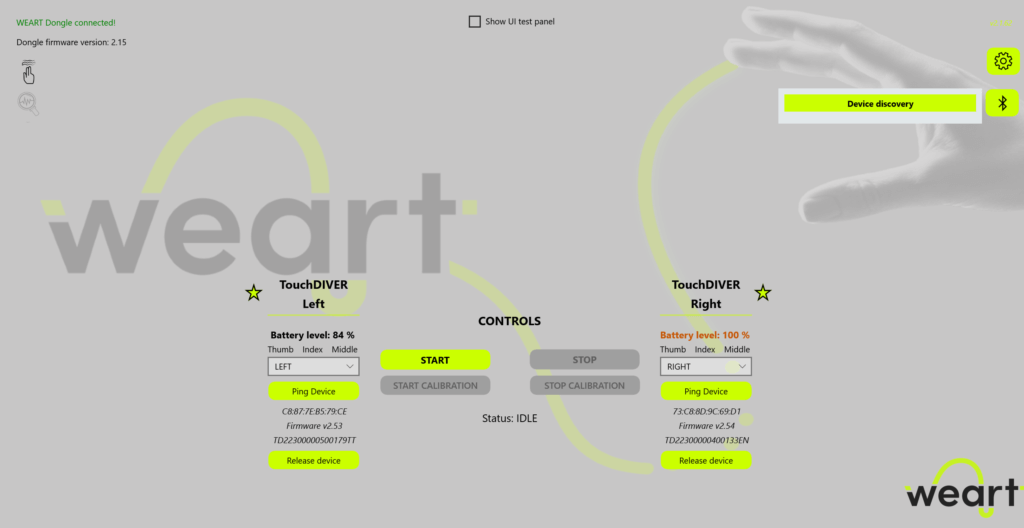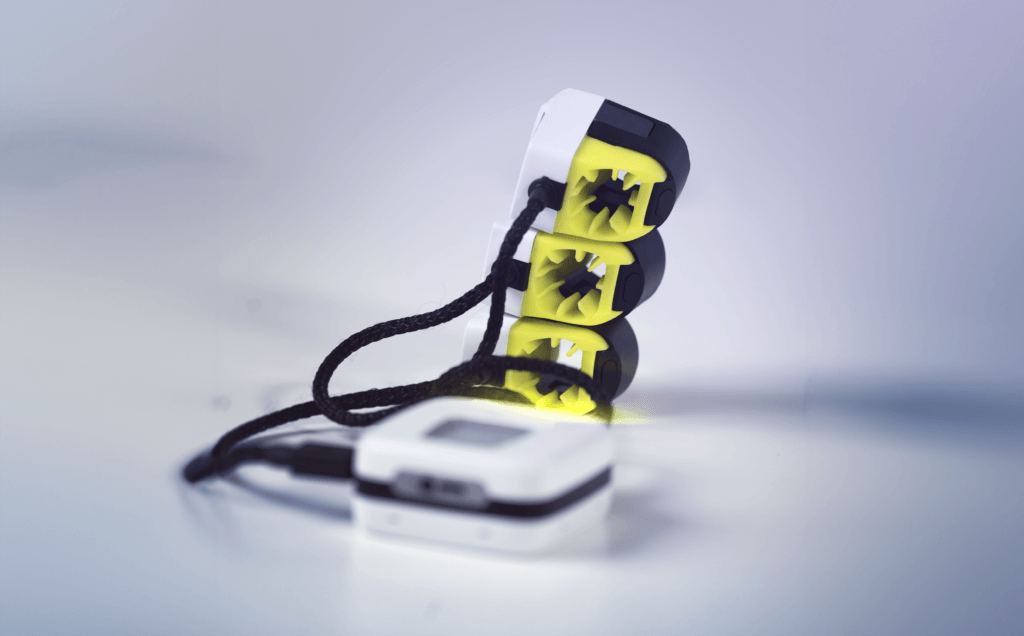Introducing the New Pricing and SDK Features for TouchDIVER
New Reduced Price for TouchDIVER
Through streamlined processes and cost-saving measures, we have successfully reduced the production and assembling costs of TouchDIVER.
Starting from today, TouchDIVER haptic glove is available at a reduced price of $3,900, down from $4,500. The updated price for a pair of gloves is now $7,000, down from $8,000.
Standalone setup is now available
It is now possible to develop also for standalone Meta headsets, which will communicate directly with TouchDIVER’s built-in Bluetooth, thus making the experience portable and easy to use everywhere. By adopting this setup, final users reduce costs associated with TouchDIVER adoption, as it eliminates the necessity of a VR PC to run the experience. The new standalone SDK simultaneously supports 2 connected TouchDIVER devices, allowing users to have bimanual haptic experiences. Immediately available for Meta headsets; PICO and HTC will follow soon.
Improved Hand Model System
The Unity and Unreal SDK integrates an improved ready-to-use hand system, that enables physical interaction with virtual objects and makes the experience even more realistic. The new hand integrated into the SDK can be adopted in any project and allows for handling collisions with objects, applying forces, and making interactions more realistic.
With the new hand asset, it is possible to grasp objects more naturally, without predefining static poses, and speeding up the development of experiences that enable manipulation. Tactile feedback is synchronized more precisely with object manipulation, thus increasing immersiveness.

New SDK Features
Calibration UX
In the SDK, it is now possible to integrate a ready-to-use asset to manage the device calibration, which takes only a few seconds (3-5 sec) to complete and is entirely handled by the WEART system.
Device status and information about the system operation
Within experiences developed using the WEART SDK, it is now possible to get real-time information about the system’s status and device information, such as battery level. It is possible to integrate a ready-made component into Unity or Unreal projects to convey all this information, allowing an agile monitoring of the system’s operation within the experience.
Raw sensor tracking data
Through the SKD, it is now possible to access the low-level data from the motion sensors mounted on the TouchDIVER. These structured and SDK-accessible pieces of information can enable the development of custom algorithms and the low-level monitoring of user movements.


Middleware Features
Device autoconnection and tagging
Through the middleware, users can add TouchDIVER devices to a list of preferred items and control their autoconnection, remembering which hand will be worn on. This simplifies and speeds up the initiation of experiences.
Upload custom textures on the device
The middleware now provides the ability to load new custom textures dynamically and flexibly from WEART onto the TouchDIVER upon request, increasing the possibility of having different materials and vibrations.

